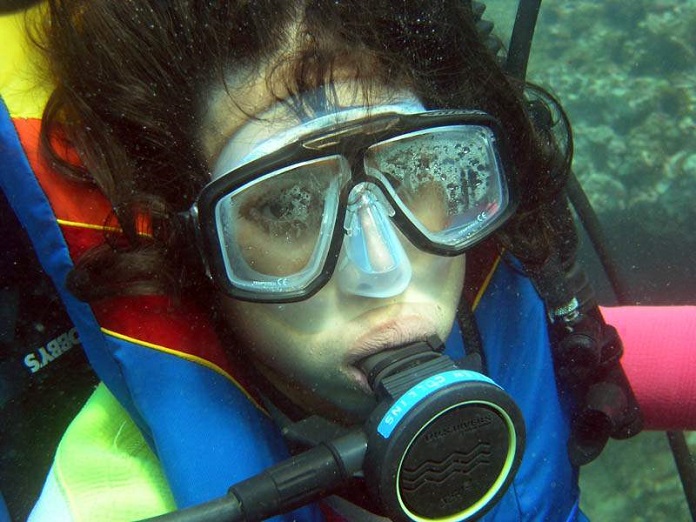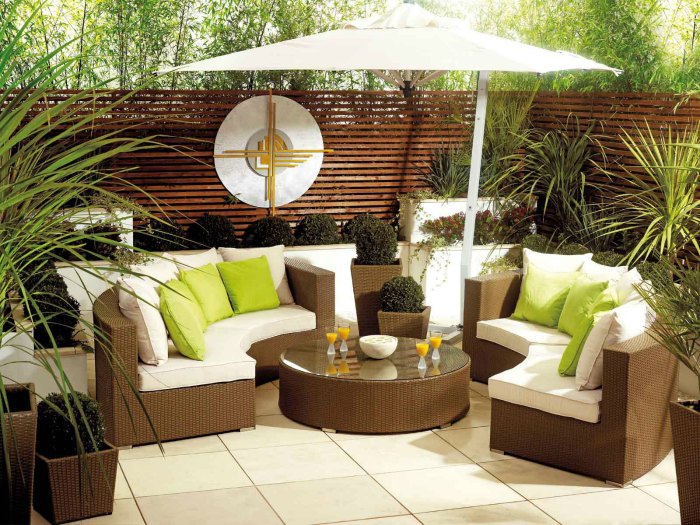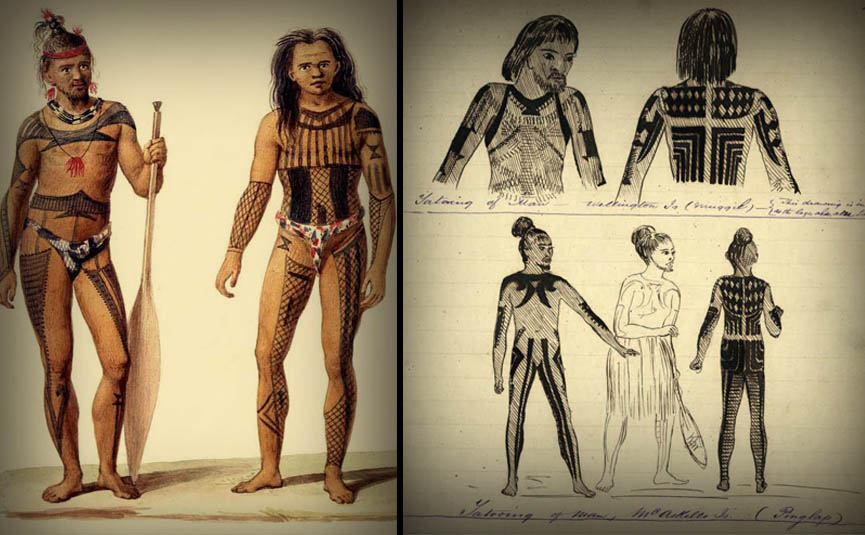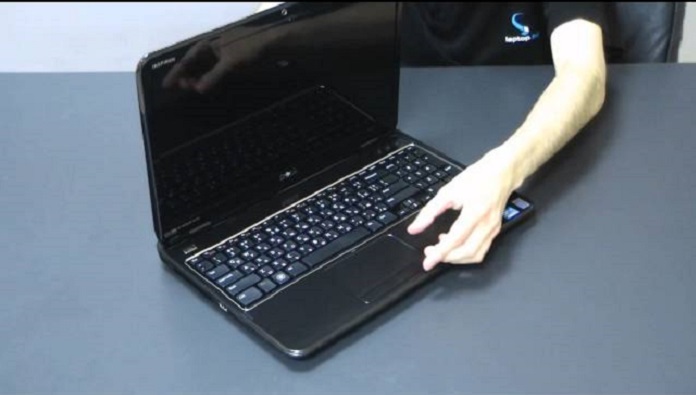The diving mask is a piece of diving equipment which helps create the much needed air space in front of your eyes so you can focus underwater. Unlike swimming goggles, diving masks come with nose airspace as to allow divers to equalize both the volume of the mask and the air volume.
A diving mask is composed of tempered glass lens to protect the eye, a silicone skirt to create a seal against the face, a strap to keep the mask secured to the face and a frame structure that fixes all these components together.
What to Consider When Purchasing a Diving Mask?
There are some key features to look for in a quality diving mask including internal volume and lens angle. The internal volume or profile is important for scuba divers and free divers and less for snorkelers. The volume is the confined space created when the mask is sealed against the face. This space is subject to compression when the diver descends and it has to be equalized to prevent discomfort.
A very low internal volume is crucial for breath holding free divers as the air required by the equalizer must come from the air held in diver’s lungs. So wasting air on unnecessary equalization reduces the breath the whole time. Generally speaking, most people find lower volume masks the most comfortable type.
Lens
The lenses and frames of most modern masks are created to completely fit the shape of the human face. A less extended angle helps reduce the internal volume, but more importantly, it improves the lower field of view. By raking the angle, the frame is moved back-in towards the cheekbones and out of its range. This not only makes looking downwards easier, but it benefits divers by preventing the need to tilt the head forward as to be able to see below them.
Mask Skirt
The mask skirt should always be made from a high-quality silicone to ensure superior comfort and sealing. Plastic based skirts are not as flexible, are prone to warping and are much less comfortable to use.
The role of the skirt is simple but critical: to provide good seal as to keep air in and water out. The one feature that can be found on all good mark skirts is the secondary skirt which seals against the skin and significantly reduces the possibility of leaking.
Mask Frame
Masks come in one of two formats: framed and frameless. Framed masks feature a rigid frame which the other mask components are all fitted to. Generally, these masks are slightly bigger than the rest and offer the advantage of being dismounted for cleaning, repair and for fitting prescription lenses. With a frameless mask, the silicone skirt is what holds the other components, joining them all together. The result is a slimline mask, which makes a great backup mask. The down side of these masks is that they can not be fixed, and prescription lenses cannot be fitted either.
Strap and Buckles
A silicone strap secures the mask at the head and maintains contact between the skirt and the skin. Using silicone provides a degree of stretching flexibility that doesn’t affect the integrity of the skirt. A buckle system is fixed to the frame of the mask. It should be rigid and not allow the bucket to swivel or flex when moving.
Look for these features and you will get a diving mask that is durable and that will provide an enjoyable diving experience.















